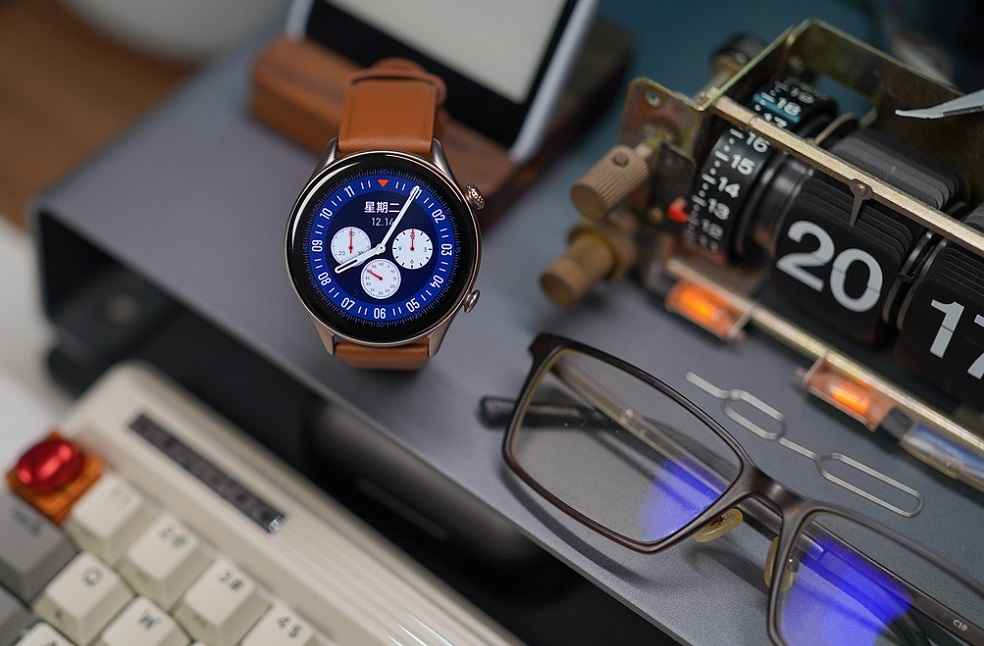Despite mounting cybersecurity concerns and data breaches, the global smartwatch market is witnessing a robust growth, projected to surge by USD 31,385.89 million from 2022 to 2027, according to Technavio Study. With a Compound Annual Growth Rate (CAGR) of 14.83%, the industry’s growth trajectory appears steady and progressive for the foreseeable future.

A considerable portion of this growth is attributed to North America, which held the lion’s share in the market in 2022. Advanced technology adoption by regional smartwatch manufacturers, along with the presence of key players like Apple, Fitbit, and Garmin, gives North America a competitive edge. The region is expected to observe an incremental growth of 42% during the forecast period, backed by emerging integrated LTE smartwatches, increased disposable income, health and fitness feature proliferation, and further development of wireless network infrastructure.
Technological advancements, such as those in the semiconductor industry, are significant contributors to this global growth. Innovative developments in electronic components are enabling the production of sleek, small, and efficient smartwatches, thereby boosting market appeal. Moreover, the trend of patent-related activities in the smartwatch industry is on the rise, further enhancing market competitiveness as vendors strive to incorporate advanced technologies in their next-generation smartwatches.

However, along with these positive market trends, significant challenges are also in play. Data security and privacy concerns, particularly due to embedded motion sensors, pose a substantial hurdle. The risk of hackers intercepting data without the owner’s knowledge and potential breaches involving personal, health, and financial information, increase with the integration of these sensors and wireless connectivity. There’s a pressing need for robust solutions to address these concerns to ensure the smartwatch market’s sustained growth.
The integrated smartwatch segment, which includes smartwatches that pair with other computing devices via Bluetooth or Wi-Fi, is expected to significantly contribute to the smartwatch market share during the forecast period. Fueled by low-cost smartwatch penetration in emerging markets and the entry of traditional watchmakers, the demand for integrated smartwatches is expected to soar.

Despite the disruption caused by COVID-19 in 2020, the smartwatch market rebounded as vaccination campaigns picked up pace in 2021. With an increased post-pandemic focus on health and fitness tracking, the demand for smartwatches is expected to continue rising, propelling market growth.
Vendors in the smartwatch market are using diverse strategies such as strategic alliances, partnerships, mergers and acquisitions, geographical expansion, and product/service launches to strengthen their market presence. Apple, for instance, offers its Apple Watch Series 7 and Apple Watch SE, leading the way in this dynamic market landscape.
POLICY & LAW: Saudi Arabia and Kazakhstan Forge New Alliance in Energy Sector



